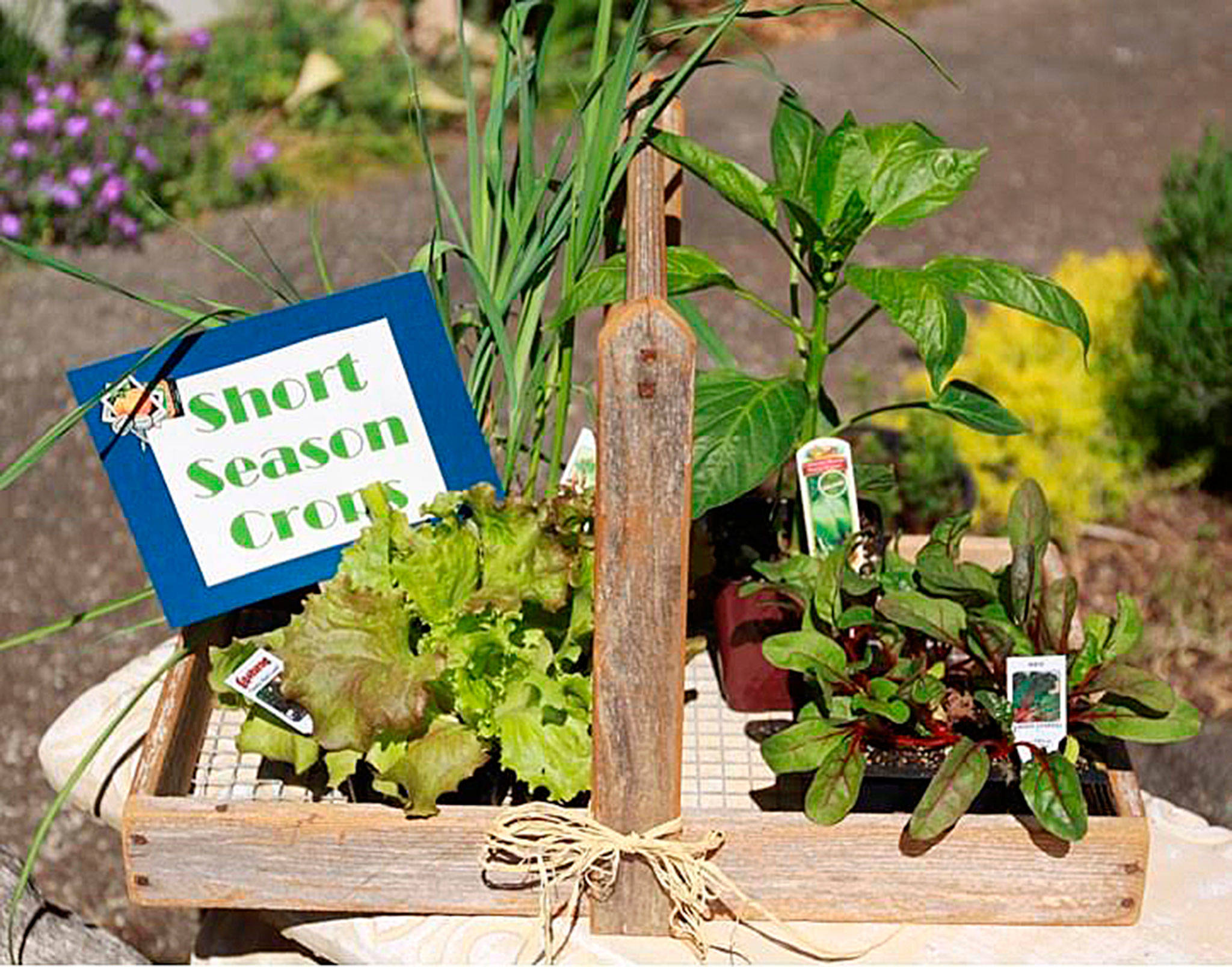Although it’s still summer, now is the time to plan our fall/winter vegetable gardens.
Since these crops will need additional heat to mature, choose the warmest spot possible for your garden. A south-facing location in full sun with good drainage and protection from the wind is ideal. A south-facing side of a building provides reflected heat and can shield the wind. Cool air rolls downhill and accumulates in low-lying areas, so avoid placing your garden at the base of a hill.
Properly prepare the soil, especially if you have been growing vegetables in the area prior to fall sowing. Some amendments such as organic matter or fertilizer may be needed to replace nutrients and reduce winter soil compaction.
If in doubt, perform a soil test before starting a winter garden and recheck every 3-5 years.
Using raised beds 10 to 15 inches above the normal soil level warm faster and drain better. Raised beds can average 5-7 degrees warmer than the surrounding soil in winter.
Since any fall/winter crops sown now will be growing into the frost season, choose cool season and early maturing varieties. Look for varieties which mature in 70 days or less if you are not overwintering any crops. This will mean they will be quite large by the time frost comes and will resist the cold weather more efficiently.
In general, these will be similar to varieties sown in spring to mature quickly before setting out our warm weather varieties.
To determine the timing of planting you will need to know the first frost dates for your area. (See sidebar). Then you can adjust backwards to get a “sow by” date.
Sowing at this time of year can be more beneficial than in the spring. Warmer soil temperature mean faster germination rates with a few exceptions. However, if the temperature is too high, lettuce seeds will either fail or only poorly germinate. Pre-germination of seeds can help overcome this. Do this by keeping the seeds warm and damp in a wet paper towel. Pre-germinate and sow when new growth is ¼-inch long. Some crops can be started indoors, hardened off and transplanted to the garden.
Unlike spring sowing, the soil will be warm enough that pre-warming the soil will be unnecessary.
Since temperatures drop during fall, you need to control temperatures around your plants. Plant growth can double for every 18 degrees F of temperature, so you may want to consider using plant protectors. Covering plants with a variety of protectors in the fall extends the growing season. This will be covered in a later article.
So what should you try?
Lettuce — Continuity, Rouge d’Hiver, Outredgeous and Truchas
Kales — Red Russian, Dwarf Curly Scots, Improved Dwarf Siberian, Overwintering Swiss
Chard — Golden, Perpetual and Rhubarb
Spinach — Olympia and Winter
Giant and Gourmet greens — Mache, Arugula, Mizuna, Tah Tsai, Ching Chiang and Pac Choi
Happy gardening!



